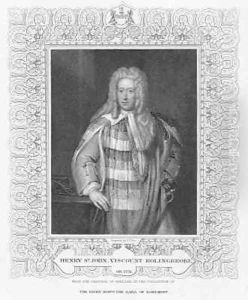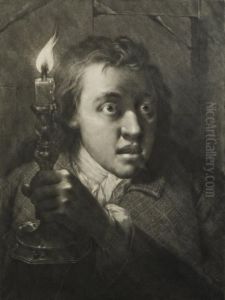William Thomas Fry Paintings
William Thomas Fry was an English engraver, born in 1789. Although not as widely recognized as some of his contemporaries, Fry made significant contributions to the field of engraving during the early 19th century. His work primarily consisted of portraits and illustrations for books, showcasing a meticulous approach to detail and a keen eye for capturing the essence of his subjects. Fry's engravings were known for their precision and clarity, qualities that made his work highly sought after for publications of the time.
Fry's career spanned a period of rapid development in the printing and publishing industries in England. He was active during a time when the demand for illustrated works was increasing, partly due to technological advancements that made such publications more accessible to the general public. Fry capitalized on this demand, contributing to various periodicals, books, and standalone prints. His engravings often depicted notable figures of the day, including politicians, authors, and members of the aristocracy, making his work a valuable visual record of the era's prominent personalities.
Despite the quality of his work, William Thomas Fry remains a somewhat peripheral figure in the history of English art. This may be due, in part, to the overshadowing presence of more prolific or innovative artists and engravers of his time. However, his contributions to the field of engraving, particularly in the realm of portrait work, are undeniable. Fry's ability to capture the likeness and character of his subjects with fine lines and careful shading demonstrates a mastery of his craft.
Fry's life and career were reflective of the challenges and opportunities faced by engravers in the 19th century. The labor-intensive nature of engraving, combined with the competitive environment of the London art scene, meant that only those with significant skill and determination could succeed. William Thomas Fry's enduring legacy, though modest in comparison to some of his peers, is preserved in the collections of various British institutions, where his engravings continue to be appreciated for their historical value and artistic merit.
William Thomas Fry died in 1843, leaving behind a body of work that, while not extensive, is a testament to his skill as an engraver and his contribution to the visual culture of his time. His engravings serve not only as fine examples of the engraver's art but also as a window into the society and personalities of early 19th-century England.

